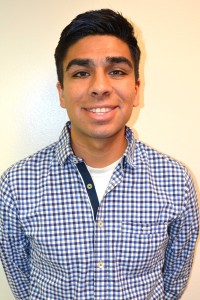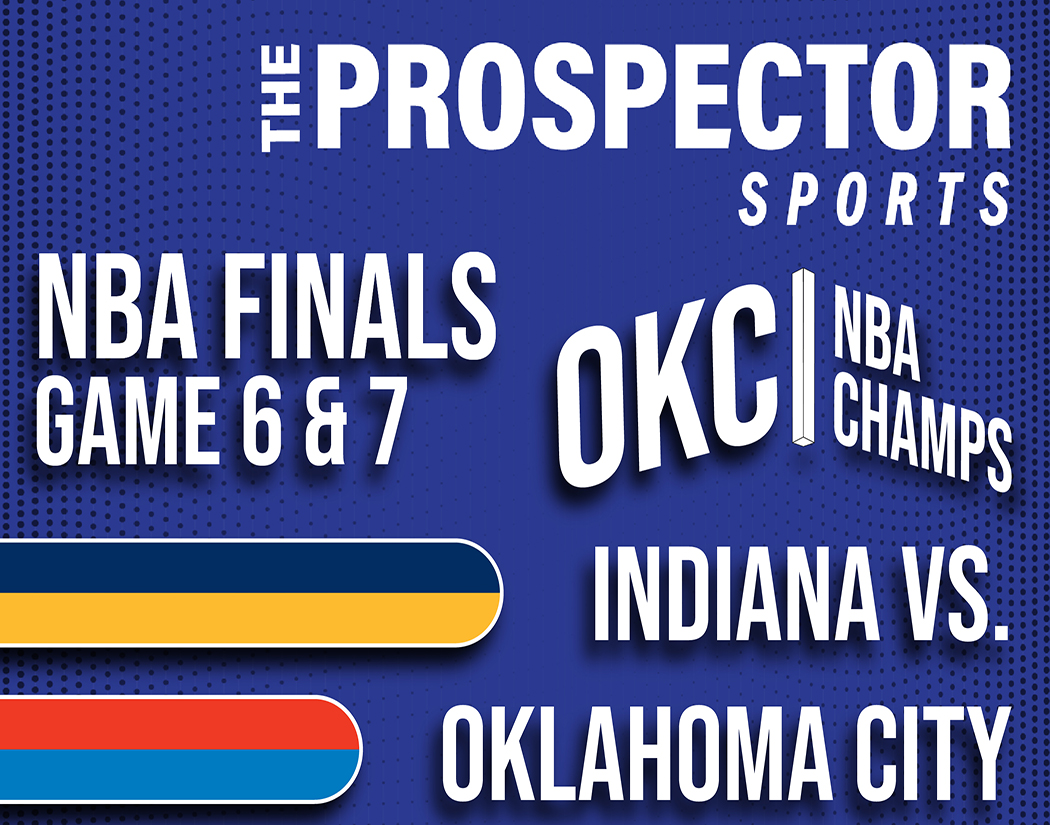Donald Lee Haskins, nicknamed “The Bear,” was born during the Dust Bowl era in 1930 in Enid, Oklahoma. Unlike the rest of the country, Haskins said he learned early not to be caught up in the prejudices of race.
In the spring 2006 issue of NOVA Quarterly, Haskins spoke about growing up and getting opportunities that one of his black friends did not receive.
Herman Carr was a talented basketball player, who grew up playing with Haskins. Carr went to a segregated high school. They both played and developed their basketball skills together.
When it came time to play college basketball, Haskins received a scholarship to Oklahoma A&M (now Oklahoma State) to play for legendary coach Hank Iba. Carr received no offers and thus was forced to enlist in the army.
“So Herman Carr went into the Army, and Don Haskins went over to Oklahoma A&M because of color,” Haskins said. “He’s good enough to get shot at in Korea, but he can’t drink from the same fountain. That had a great influence on me. I never saw color again.”
His color blindness led to a historic moment. It was just past midnight when the epitome of college basketball in the 1965-66 season was reached by a team consisting of four whites, one Hispanic, seven black players and a coach named Haskins.
UTEP, then Texas Western College, had just beaten Adolph Rupp’s all-white Kentucky Wildcats. The championship game was won by a team that started five black basketball players, something the sport at the time never believed was possible.
The unspoken rule at the time was that you could play one black player at a time at home, two on the road and three if the team was losing by a large deficit.
Prior to coaching at UTEP, Haskins was a high school basketball girl’s coach and he said he enjoyed coaching the women’s team. However, he wanted to coach at the Division I level, so he took a pay cut to coach at UTEP in 1961.
Contrary to the movie, “Glory Road,” which is based on Haskins and his 1966 season, it took Haskins five seasons before his team won the NCAA title.
The game drew very little attention on a national level. There were no major networks broadcasting the game. It was televised on a tape-delayed basis, and tip-off began around 10 p.m.
According to news reports from that time, the 14,253 in attendance at College Park, Maryland, were all white. Confederate flags were being waved all throughout the arena. By the time the game ended, the only thing being waved was a sign by the Miners’ cheerleaders and band members that said, “They said it couldn’t be done.”
All-throughout the season, coach Haskins had started his black players–Bobby Joe Hill, Orsten Artis, Harry Flournoy, Willie Cager and David Lattin.
Tony Harper played in 13 games during the ’66 season. He had one scholarship, half for baseball and the other for basketball. He left the basketball teams for personal reasons. He said everyone on the team knew how good they would be. Harper said that the team had great chemistry and enjoyed their time together.
“Coming into that year, we knew were going to be good,” Harper said. “Bobby Joe Hill was the best leader I ever played with. He had a way to make our guys play better–to make us win. Orsten (Artis) was the shooter. Harry (Flournoy) was our best rebounder besides Lattin.”
The team lost only one game the entire year.
Coach Haskins continually said that this team drove him crazy. They were so talented and at times underachieved more than the coach would’ve liked. Regardless, coach Haskins loved every single one of his players.
When the Miners returned for their next season, the city was still buzzing. “The city was going nuts. We had a big parade before school started,” Harper said.
Haskins’ achievements on the court were just a small facet of this multi-talented man.
People such as Tim Floyd, current head men’s basketball coach, and Bill Knight, long-time sports reporter at the El Paso Times, knew him best.
“He was extremely loyal to all his players and friends,” Knight said. “Off the court, he was one of the funniest people I had been around. He was an endless source of stories.”
In his 1997 Naismith Memorial Basketball Hall of Fame speech, Haskins wanted to give all the credit to his players, the university and to the city of El Paso.
The year after Haskins won the national championship, he was offered a job at Detroit, he took it for two days and then decided to turn it down, according to Floyd.
“He was committed to the community,” Floyd said.
Haskins had a rough, impenetrable exterior, with a stare that could break the “Mona Lisa.” It is when you hear stories such as when coach Haskins helped a stranded Mexican-American family with five kids–including a baby on their way to Los Angeles-that you actually see what kind of man Haskins was.
According to Floyd, Haskins was in Van Horn, a city 130 miles east of El Paso, where he was hunting coyotes as he frequently loved to do. He put the family in the back of his Chevy pickup and drove them back to El Paso and booked a hotel room for them until he had their car fixed.
Floyd was an assistant coach for Haskins at the time, and he received a phone call from the mayor of Van Horn, who somehow found out about what had occurred. No one knew of the story, not even Haskin’s wife Mary.
“That’s just the kind of guy he was,” Knight said. “He had such a huge heart and would help anybody at any time.”
Coach Haskins inspired his athletes, which might be his biggest achievement.
Nolan Richardson played for Haskins in his first years at Texas Western College in the early ‘60s. Richardson went on to become a coach and won a national title for the Arkansas Razorbacks in 1994, an NIT championship in 1981 with Tulsa. Richardson was also inducted into the Naismith Basketball Hall of Fame in 2014.
Another person who was inspired by Haskins is coach Floyd, who was previously head coach of the Chicago Bulls, made sweet sixteen appearances in the NCAA tournament and tallied over 400 wins in college basketball.
Floyd worked with Haskins in the ‘80s as an assistant coach, when UTEP basketball was consistently at its best in school history.
Floyd emulates Haskins in many ways. Floyd’s teams on the court are defensive-minded teams that try to win the rebounding competition.
As for players, Haskins coached players such as Nate “Tiny” Archibald and Tim Hardaway, both NBA All-Stars. Archibald is also a Hall of Famer and one of the top 50 basketball players of all time.
Harper said he was approached by Haskins to rejoin the team the following year. It was a bitter pill to swallow, but Harper turned it around.
“You can be negative all your life, or you can say there is a reason for this,” Harper said. “I had to make the best of a bad decision that I made.”
Harper went from there and became a high school basketball coach at Burges High School.
He has tallied up more than 900 victories and is the only active coach in the state of Texas to have done this. He is fourth coach in the nation to have more than 900 victories. He began playing basketball at his alma mater of Austin High School, where he and national champion, David Palacio, played together.
“I made the decision and I had to live with it. I never would have been able to do it if coach Haskins hadn’t asked me to play,” Harper said. “He is the guy that got me set up to love the game as much as I did. I respect him to no end. It was a sad day when we lost him (Sept. 7, 2008). He did a lot for this city.”
Haskins was known for keeping blankets and canned food with him when he would hunt near the border so that he could offer it to families in need. Knight said he would tell Haskins, “that will make them feel good,” and Haskins would reply, “not as good as it makes me feel.”
Luis Barrio may be reached at [email protected]






